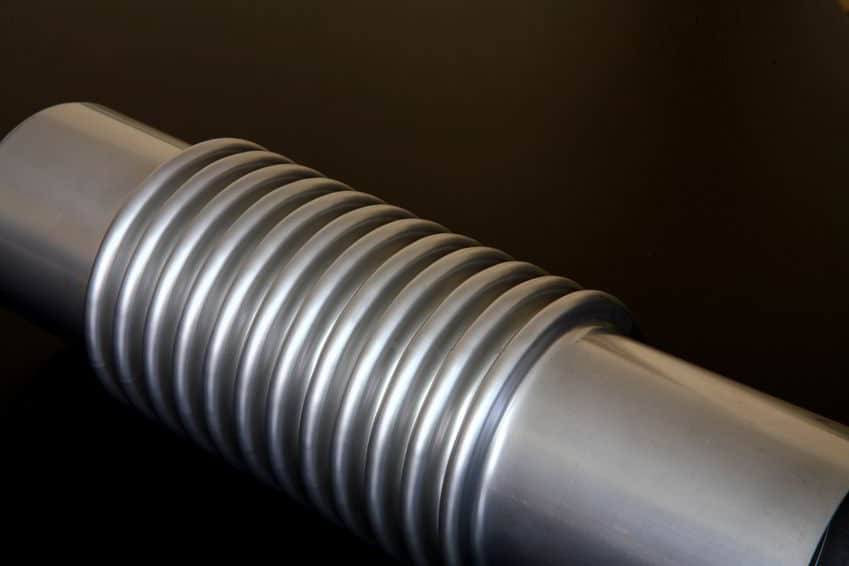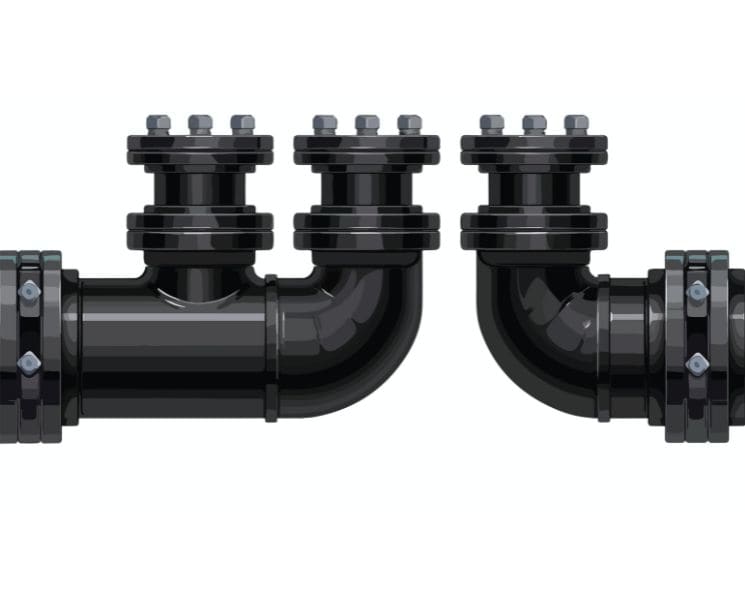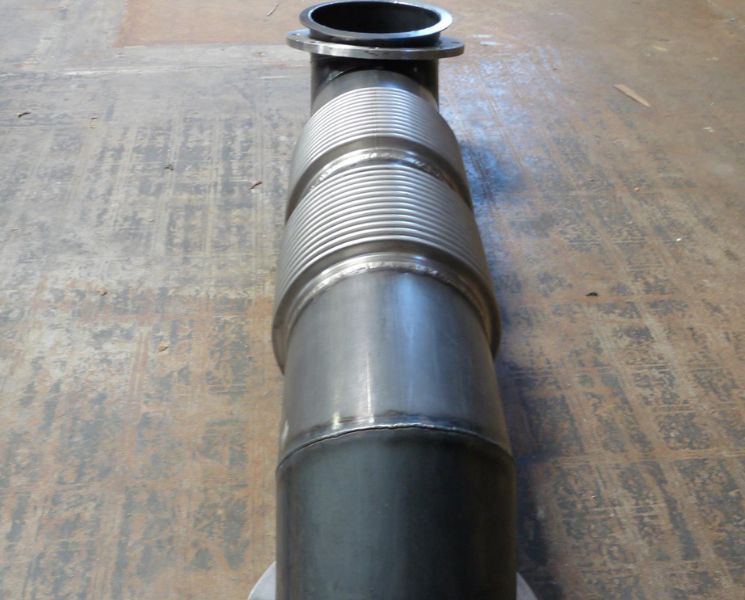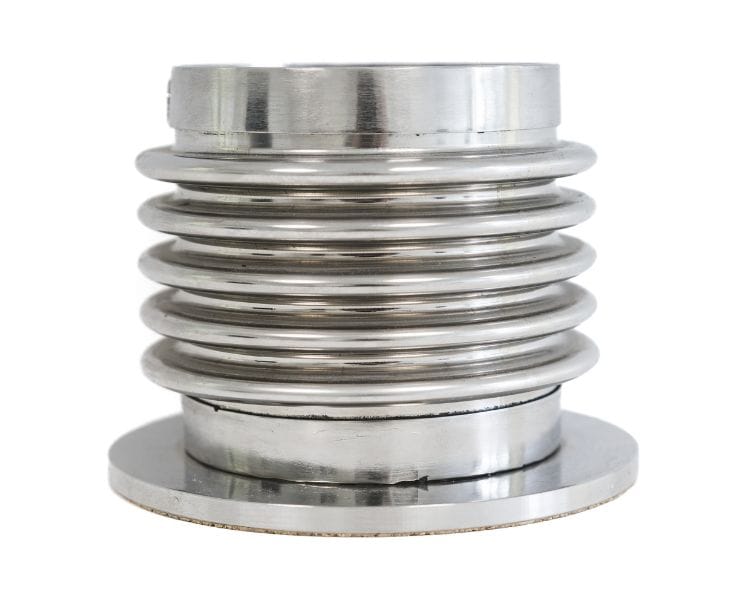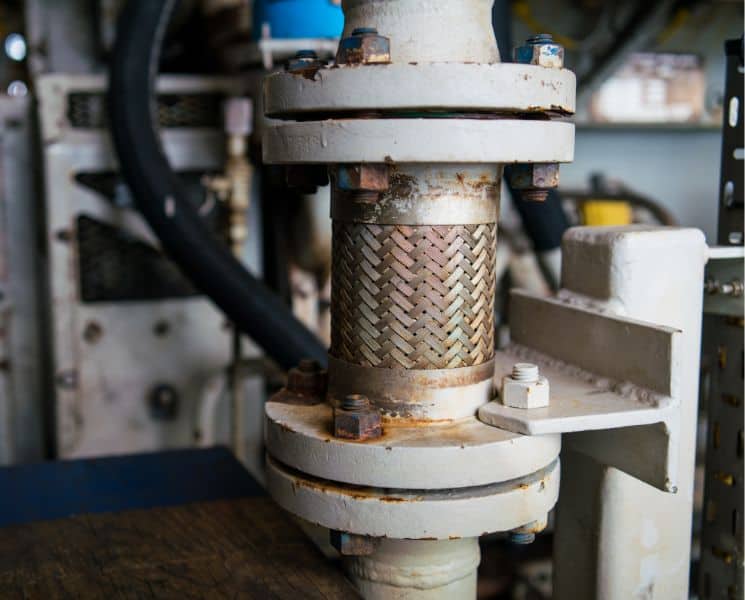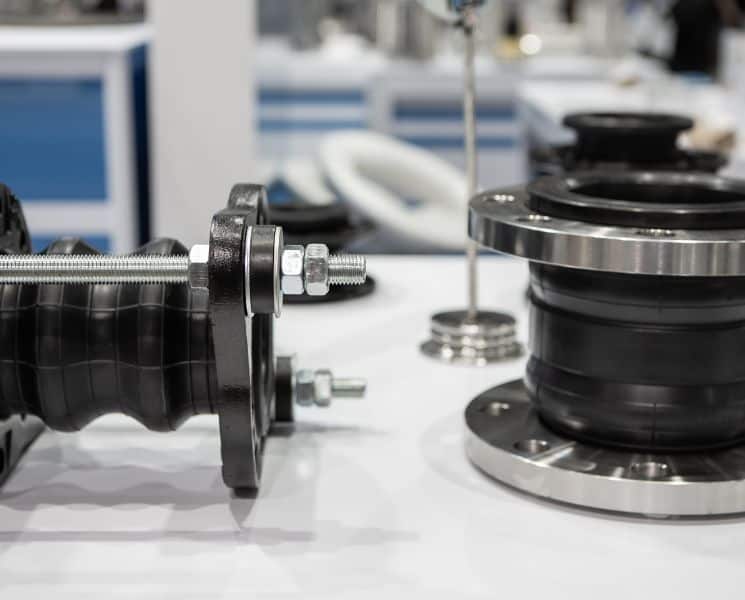When asking yourself “what are metal expansion joints used for?” it’s important to remember that not all metal expansion joints, or compensators, are created equal. Each of the three basic types of metal expansion joints serves a unique purpose and has positive and negative traits that may impact the overall service life of your machine.
What are Metal Expansion Joints Used For?
As a general rule, metal expansion joints are used in the preservation of the integrity of a piping system. These compensators are designed to help maintain this integrity when a piping system is subject to intense changes in heat, pressure, vibration, or compression. They are differentiated according to the three basic types of movement: axial, rotational, and lateral expansion joints.
What are the Main Types of Metal Expansion Joints?
Custom expansion joints come in a variety of shapes and sizes in order to suit whatever specialty needs may arise. However, there are four basic designs that are most commonly in use.
Basic Bellows: A bellows can exist without end fittings, which make it an ideal choice for field installation. The straight portion at the end of each bellows, known as the skirt, can be sized to fit whatever flange or pipe is necessary. If you’re ordering a basic bellows, be sure to specify the size of the skirt you’ll need at the time of the order.
Unrestrained Single: If you’re looking to outfit a piping system that needs to absorb axial, angular, or a limited amount of radial movement, an unrestrained single metal expansion joint will be the right choice for your project.
Limit Single: If the main anchors and guides in your project are in the pipeline, then a limit single might be the right metal expansion joint for you. It’s important to note that it’s only appropriate for some limited axial and lateral movement, like the name suggests, but its hardware will keep the joint from moving beyond its accepted capabilities.
Tied Single: Finally, if you’re working on a project without a main anchor, consider using a tied single metal expansion joint. It resists pressure thrust, while allowing for a small lateral movement.
If you’re working with multi-ply bellows, they typically have 2-3 tubes, but depending on the application, you may see as many as 5. Now that you’ve had a chance to ask “what are metal expansion joints used for?” and have learned some of the applications for which they might be most useful, you’ll be ready to tackle whatever project you need and ensure that your pipes are able to withstand whatever pressures they might encounter.

